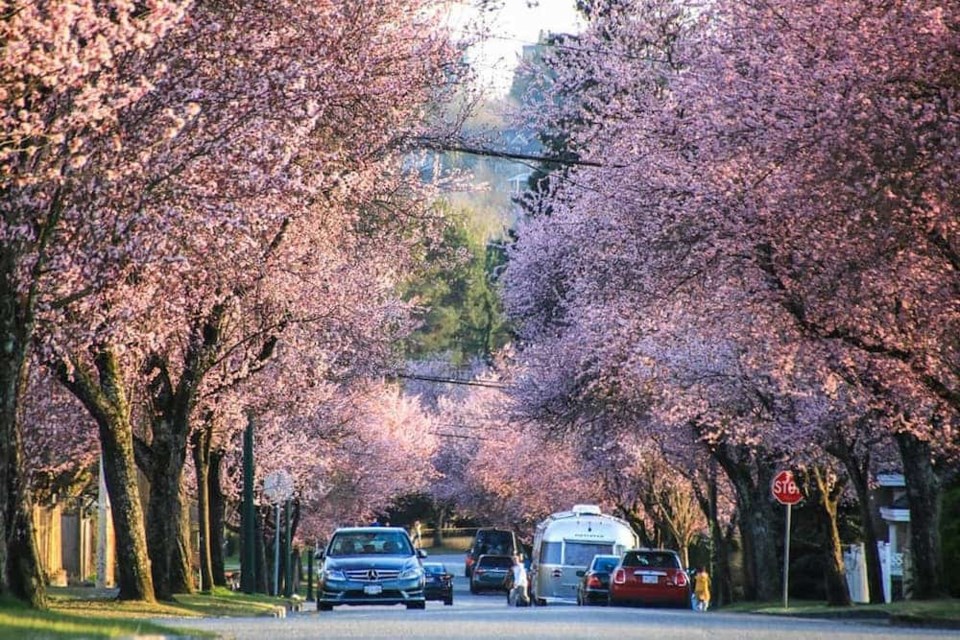Cherry blossom season is about to bloom, but will winter's cold snaps have an impact on this year's flowers?
Metro Vancouver saw several freezing spells across the region over the winter season, beginning as early as November.
Researchers have predicted the day for peak blooms in the city, which overlaps with the annual Vancouver Cherry Blossom Festival.
However, when it comes to when the pink flowers will start to unfurl, associate director of horticulture and collections at the UBC Botanical Garden, Douglas Justice, says that the recent cold weather and snow may have a small impact.
"Other than maybe pushing the early blooming cultivars perhaps a week later, they won’t be affected much. Once established, they’re very resilient trees," says Justice. "People often ask if they will be affected by climate change and, to be honest, they’re quite tough. That’s not to say that there aren’t going to be problems in extreme heat and drought, but compared with a lot of other trees, they’re doing [okay]."
There are 55 different types of cherry trees in and around Vancouver, notes Justice. The three most common types are Akebono, Kanzan, and Shirofugen cherry trees. Of the three, Akebono blooms first, Kanzan follows a week or two after, and Shirofugen blossoms a week or two after Kanzan trees.
Not all Vancouver neighbourhoods will turn pink at the same time.
The west side of the city will see the earliest blooms, with a lovely display of Akebono cherries along Manitoba Street at 41st Avenue, explains Justice. In Stanley Park, locals can spot an Ojochin tree that flowers heavily throughout the season. North of the cenotaph is a group of Shirotae trees, adds the horticulturist.
Another excellent viewing spot for the pink flowers, according to Justice, is the Nitobe Memorial Garden at UBC where cherry trees bloom a week later than anywhere else in Vancouver.





